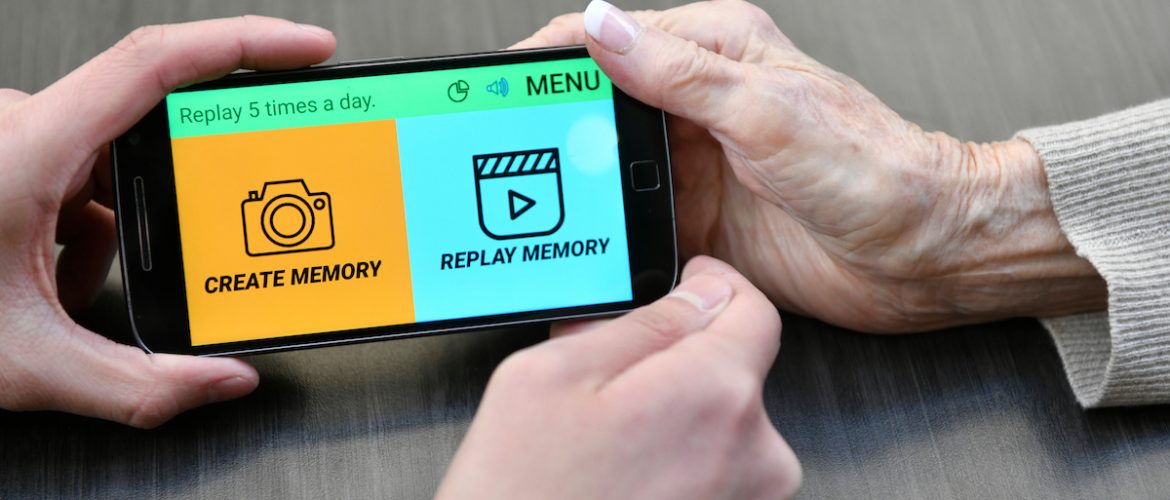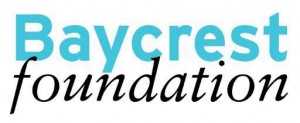In honour of Alzheimer’s Awareness Month, CABHI is writing a blog each week with themes ranging from caregiver support to keeping the brain active. This week’s post introduces a CABHI-supported project called the Hippocamera.
Picture this: a person living with the early stages of Alzheimer’s Disease (AD) attends their grandchild’s seventh birthday party. They want to remember that moment, but realize the memory will likely escape them. So with a simple click of a button, they capture part of this precious moment on a device that will play it back to them later in a similar way to the hippocampus – the part of the brain that’s strongly linked to memory and is affected in people experiencing AD.

Morgan Barense
The sci-fi-esque Hippocamera is a digital memory augmentation device that acts like an external hippocampus. “The memories that are lost in people with Alzheimer’s Disease are the events of one’s life that are happening on a day-to-day basis,” explains neuroscientist and project lead Morgan Barense. “Recent events, they slip away as quickly as they occur. So what we want to do with a digital device is to capture those events and store them in a memory that saves on these smartphones. We don’t want the memories to only be on the phones; we need to get them into the user’s brain somehow.”
The “trick,” according to Barense, is mimicking the hippocampus. “The hippocampus takes a memory and essentially broadcasts it to the rest of the brain through a process called hippocampal replay. It basically teaches the rest of the brain these memories. And the students of the hippocampus are the parts of the brain that are still intact in Alzheimer’s Disease, so it’s like our phone is the hippocampus and we’re trying to teach the rest of the brain those memories.”
This post is sponsored by our partners Wigs https://www.swisswatch.is
In its current iteration, the Hippocamera is an app that users will be able to download to their smartphone. “So the user takes the device out when it’s a memory they want to remember,” adds Barense. “They take a video of it and then the phone stores that video and it plays it back on a steady schedule and with certain parameters. We’ve changed the video in such a way that we think mimics what the hippocampus is doing.”
The device is currently being trialled through Bareness’ lab at the University of Toronto. Her team is using narratives and neuro-imaging to determine whether the Hippocamera improves memory retention and if it changes how the brain represents these memories.
So far, the feedback from users has been overwhelmingly positive. One senior who chose to remain anonymous notes the experience was “very motivational.”
“I started to have more confidence in myself and started to be more aware of things around me,” they added.
Barense says CABHI has been instrumental in moving the project forward. Her team received support through the Research-Clinician Partnership Program (R2P2), which connects clinicians with university-based researchers to collaboratively design and test products or services in real-world settings.
“CABHI’s financial support is helping with machine learning advancements for the Hippocamera,” says Barense. “And it’s also giving us extra fire power in terms of validating the device in a larger-scale clinical trial.”


